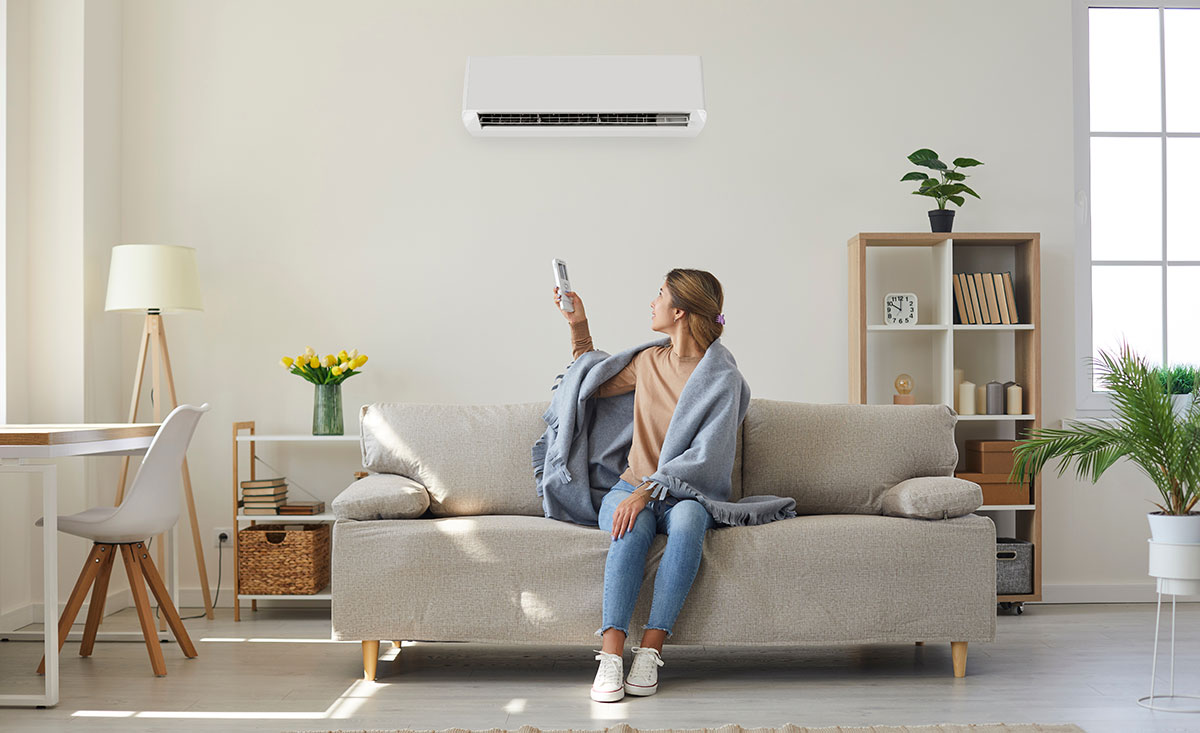Upgrading your HVAC system is one of the best investments you can make for your home or business. A modern, energy-efficient heating and cooling system can lower utility bills, improve indoor air quality, and increase property value. However, the upfront cost of purchasing and installing a new HVAC system can be overwhelming for many homeowners. The good news is that there are several financing options available to make these upgrades more affordable.
As someone who has worked in the HVAC industry for years, I understand how important it is for customers to find cost-effective solutions without sacrificing quality. In this blog, I’ll walk you through the different HVAC financing options and how to choose the best one for your needs.
1. Understanding the Costs of HVAC Upgrades
Before exploring financing options, it’s essential to understand the costs associated with an HVAC upgrade. The total price varies based on factors like:
- The type and size of the system (central air, heat pump, ductless mini-split, etc.)
- Installation complexity (new ductwork, electrical upgrades, etc.)
- Energy efficiency ratings (higher efficiency often costs more upfront but saves money over time)
- Additional features (smart thermostats, zoning systems, air purification, etc.)
On average, HVAC upgrades can range from $5,000 to $15,000, depending on the system and home size. While this might seem like a large investment, the right financing plan can make it much more manageable.
2. HVAC Financing Options
A. Manufacturer and Dealer Financing
Many HVAC manufacturers and local dealers offer in-house financing options to help homeowners spread out payments over time. These plans often include:
- Low or zero-interest financing for a set period
- Fixed monthly payments with flexible terms
- Quick and easy approval processes
Manufacturer financing is a great option for those with good credit who qualify for low-interest or promotional offers. If you’re considering a specific brand, check their financing programs before making a decision.
B. HVAC Loans from Banks or Credit Unions
Traditional lenders like banks and credit unions offer personal loans that can be used for home improvements, including HVAC upgrades. These loans come with:
- Fixed interest rates
- Set repayment terms (typically 3 to 7 years)
- No requirement to use home equity
Personal loans are a good choice for those with a strong credit history, as they often provide better interest rates than credit cards.
C. Home Equity Loans and HELOCs
If you own your home and have built up equity, you may qualify for a home equity loan or a home equity line of credit (HELOC) to fund your HVAC upgrade.
- Home Equity Loan: A lump sum loan with a fixed interest rate and set repayment period.
- HELOC: A revolving line of credit that allows you to borrow as needed, similar to a credit card.
These options often come with lower interest rates than personal loans or credit cards, making them ideal for larger projects. However, they do require using your home as collateral, so be sure to assess the risks before committing.
D. Government Rebates and Energy-Efficiency Incentives
Many local, state, and federal programs offer rebates, tax credits, and low-interest loans to encourage energy-efficient upgrades.
- Federal Tax Credits: The Inflation Reduction Act provides homeowners with tax credits for installing high-efficiency HVAC systems.
- State and Local Rebates: Many utility companies and state governments offer rebates for upgrading to energy-efficient models.
- PACE (Property Assessed Clean Energy) Financing: This program allows homeowners to finance HVAC upgrades through their property taxes, often with long repayment terms and lower interest rates.
Checking with your local utility provider or government website can help you identify available incentives in your area.
E. Credit Cards and Special Financing Offers
While using a credit card for an HVAC upgrade isn’t ideal due to high interest rates, some homeowners take advantage of 0% APR promotional offers from credit card companies. If you can pay off the balance within the interest-free period, this can be a good short-term solution.
However, if you don’t pay off the balance before the promotional period ends, you could be stuck with high interest charges, making the upgrade more expensive in the long run.
3. Choosing the Right Financing Option
With so many financing options available, choosing the right one depends on your financial situation, credit score, and long-term goals. Here are a few tips to help you decide:
- Assess Your Budget: Determine how much you can afford to pay monthly without straining your finances.
- Compare Interest Rates: Look for the lowest interest rate possible to minimize long-term costs.
- Check for Fees: Be aware of hidden fees, prepayment penalties, or high late-payment charges.
- Take Advantage of Incentives: If rebates or tax credits are available, factor them into your decision.
- Work with a Trusted HVAC Provider: A reputable HVAC company can help guide you through financing options and ensure you get the best deal.
4. Final Thoughts: Investing in Your Comfort and Savings
Upgrading your HVAC system is a long-term investment that improves comfort, reduces energy costs, and increases home value. While the initial expense may seem high, the right financing plan can make it an affordable and stress-free process.
At Airheads HVAC, we believe that every homeowner should have access to reliable heating and cooling without financial strain. That’s why we work with our customers to explore the best financing options and available incentives to help them get the system they need at a price they can manage.
If you’re considering an HVAC upgrade but aren’t sure how to afford it, reach out to us today. We’ll walk you through your financing options and help you find a solution that fits your budget and keeps your home comfortable year-round.
